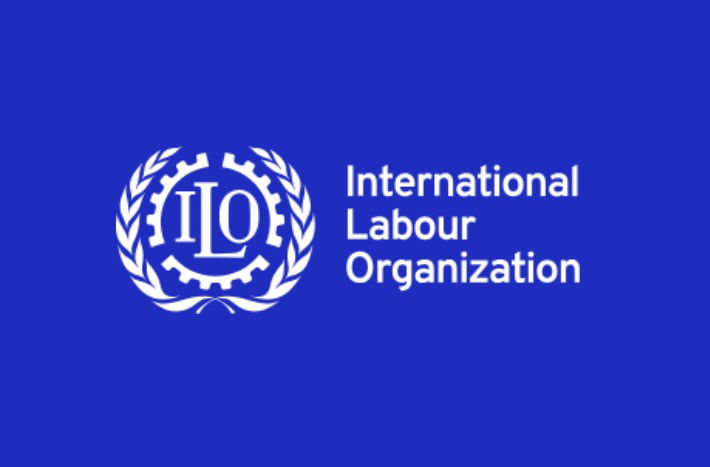ILO Report: Pakistan Among Worst in South Asia for Gender Pay Gap, Women Earn 34% Less Than Men

ILO Report on Gender Pay Gap in Pakistan
Context
- The International Labour Organisation (ILO) in its Global Wage Report has highlighted Pakistan as one of the worst performers in South Asia regarding gender wage parity.
- Women in Pakistan earn 34% less than men, compared to the global average gender pay gap of ~20%.
Key Findings
- High Gender Wage Gap – Women in Pakistan earn on average 34% less than men.
- Regional Comparison – Gap worse than India, Bangladesh, Sri Lanka, Nepal.
- Sectoral Distribution – Majority of women employed in informal, low-paying sectors such as agriculture, domestic work, and home-based manufacturing.
- Structural Discrimination – Lack of contracts, job security, and benefits.
- Global Ranking – Pakistan ranked 151/156 in WEF’s Global Gender Gap Report 2025.
Causes of Wide Gender Pay Gap
- Socio-cultural factors: Patriarchal norms, restricted female mobility, low female labour force participation (~20%).
- Economic structure: Heavy dependence on informal sector with no wage protection.
- Institutional gaps: Weak enforcement of labour laws, lack of effective minimum wage implementation.
- Educational deficit: Low female literacy and skill development opportunities.
Implications
- Economic: Loss of potential GDP growth due to underutilisation of women’s workforce.
- Social: Reinforces gender inequality, reduces women’s empowerment.
- Political: Could impact Pakistan’s international commitments under SDG 5 (Gender Equality) and ILO conventions.
Comparison with India
- India’s gender pay gap is around 25–28% (varies by report), still significant but narrower than Pakistan’s 34%.
- India also struggles with high informal sector participation by women, but has seen some progress through schemes like Maternity Benefit (Amendment) Act 2017, Equal Remuneration Act 1976, and Code on Wages 2019.
Way Forward (For Pakistan & South Asia in General)
- Strengthening labour law enforcement & wage transparency.
- Promoting female education and vocational training.
- Incentivising women’s entry into the formal workforce.
- Implementing equal pay for equal work through stricter monitoring.
- Addressing cultural barriers via awareness & social reforms.
Updated: August 18, 2025, 1:43 PM | Newsonair
GenderPayGap PakistanEconomy WomenEmpowerment ILOReport GlobalWageReport LabourRights InformalSector GenderEquality SDG5 WomenInWorkforce EconomicInequality WageDisparity SouthAsia IndiaVsPakistan UPSCPolity UPSCSocialJustice UPSCGSEconomy UPSC2025 BPSC MPPSC UPPSC RPSC WBCS UKPSC JPSC TNPSC SSC CGL RRBNTPC